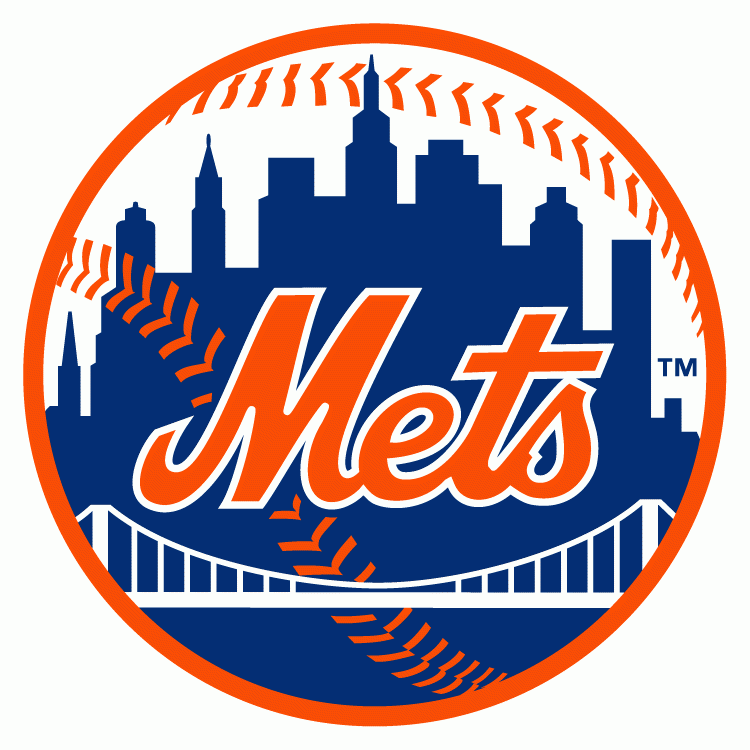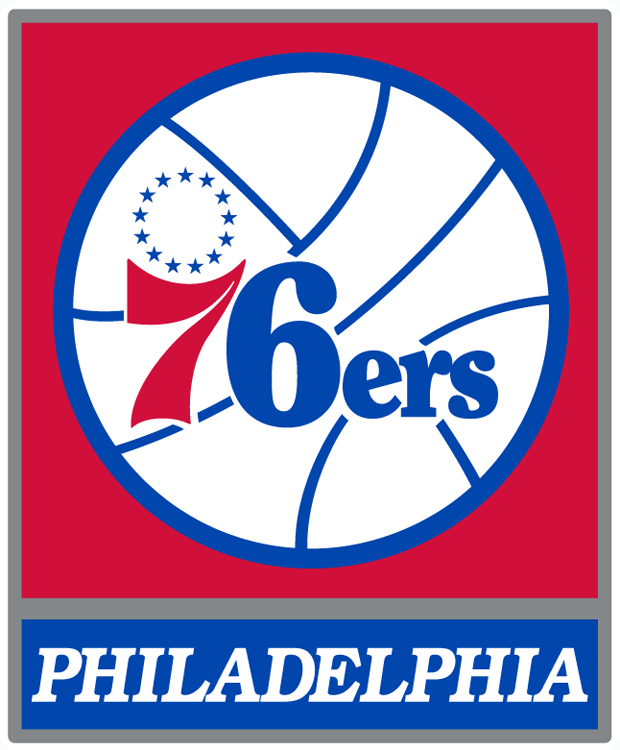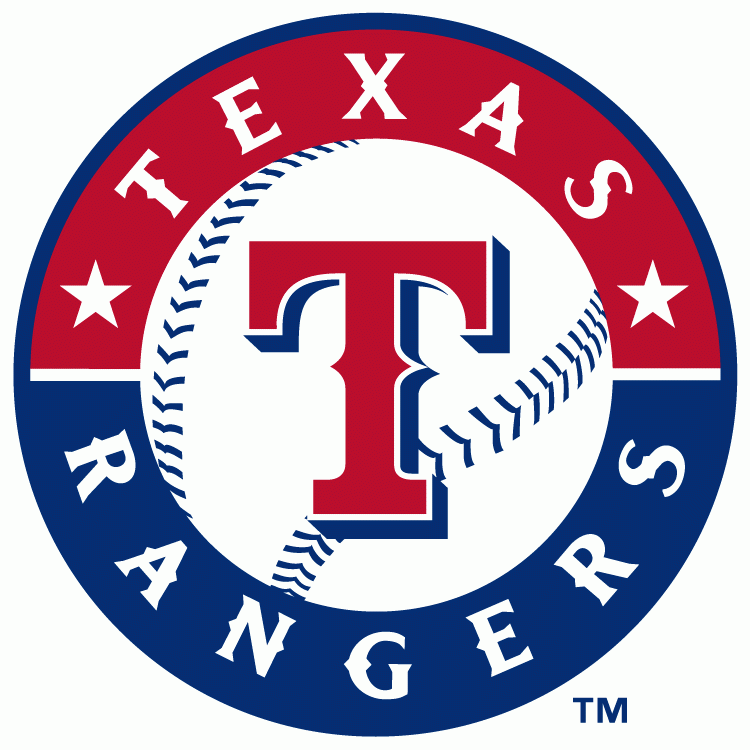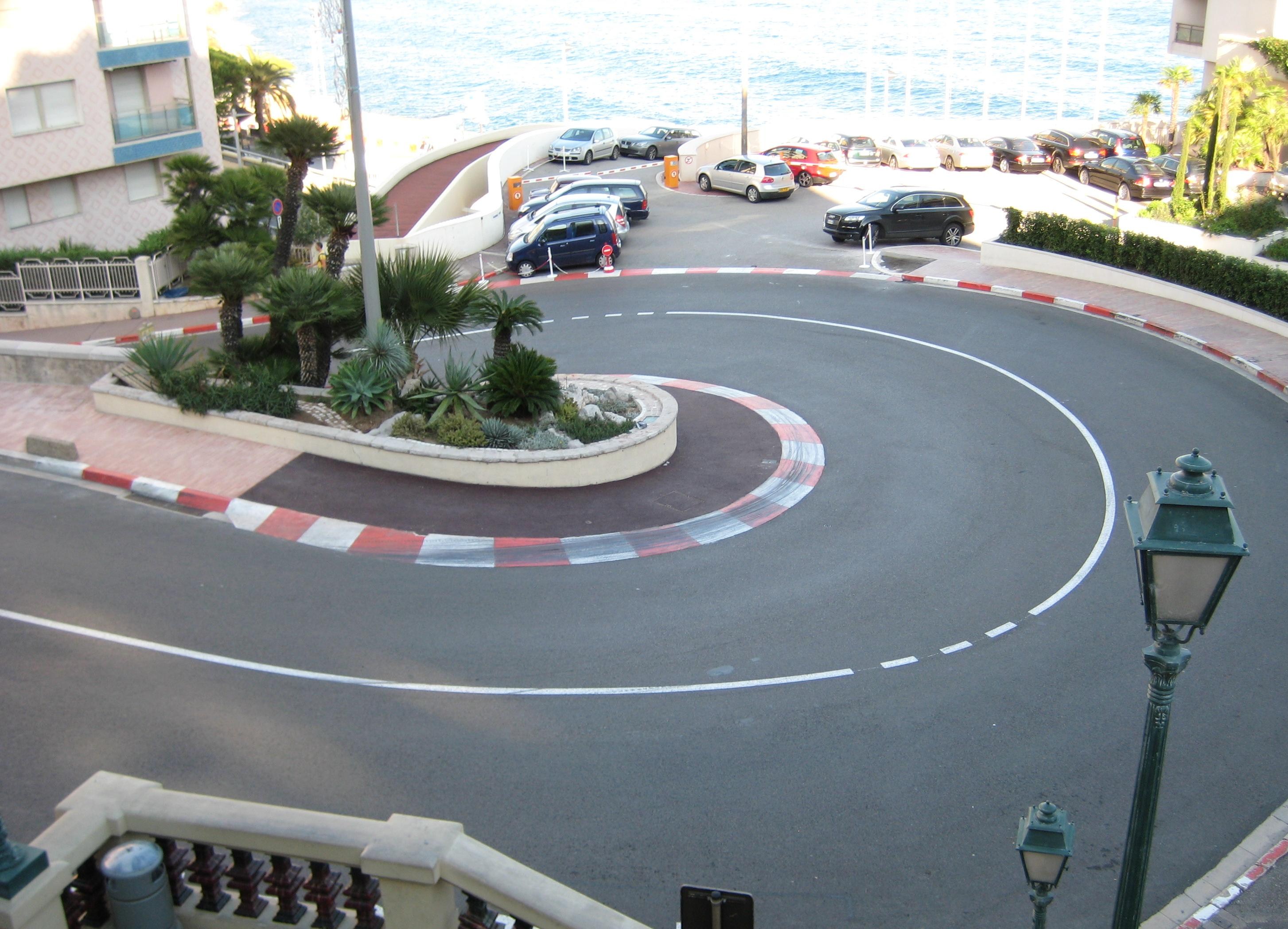While the NBA seems filled with little more than egos and refs betting on games, I never had any true disdain for an individual or team. However, as the bonfire of hatred for LeBron James has grown, I can't help but want to cheer for the guy. Is he egotistical? Definitely, but that's all part of being in the NBA these days. Does he make my life miserable? Nope. If other people who normally couldn't careless about the Miami Heat are made miserable by him because he is simply himself, then I think it's rather humorous.
Suffice to say, I don't get it. The superstars of any league are going to be hated by many whether the reasons are fair or not. I get that, but what exactly has he done? He has cheated on his wife and then driven his car into a tree Tiger Woods style? Is he an alcoholic like Miguel Cabrera? Used steroids as home run kings Barry Bonds and Alex Rodriguez? Maybe gone the Lawrence Taylor route who has hired prostitutes, left the scene of an accident (multiple times), used drugs, and had sex with a 16-year old? While most won't ever admit to liking these athletes, few will admit to hating them more than LeBron James.
James' greatest crime so far is leaving the city of Cleveland. That's it. We should note that he didn't demand a trade or walk away from his team Bobby Petrino-style. He left as a free agent to play with another franchise. While a number of people look down at Albert Pujols for leaving the Cardinals this year for a bigger paycheck, few despise him more than James. Why not? Pujols was paid handsomely by a franchise he was the face of that was competitive every season. James was the only cog that made the Cleveland Cavaliers competitive. When free agency rang, he left for a team that spent money to show it was committed to winning, and in the process turned down higher offers from the New York area.
Maybe some people truly enjoy St. Louis and Cleveland, but is ludacris to suggest more people might like southern California and southern Florida more? I feel for the fans of Cleveland, and they have every right to be upset (as do the Cardinals fans of St. Louis), but beyond that? Why is a guy who spent seven years with a team that did little to support him criticized by so many people who normally wouldn't care because he chose in free agency to go with another team? Higher salary? Better chance of success? How many people would turn down career choices when those options are presented?
James certainly isn't a fantastic personality to me. I'm sure he is an ass to many, but I'm sure plenty of people think that about me as well, so who am I to judge? I think adults like to pretend that sports, specifically athletes, were different when they grew up. It might seem like that if for no other reason you didn't pay attention to their lives outside of the court/field. Truth be told, Michael Jordan was a jackass. It was only a couple years ago he was elected to the Hall of Fame, and wrote a speech mocking all those around him during his career. He had gambling problems. He retired multiple times, the first of which included the infamous minor league baseball stint. To this day, plenty of non-Chicago fans are ready to defend Jordan to the death when James is compared to him.
I just don't see it myself. I see a guy who played on the hometown team for seven years because they drafted him when he was obviously the best pick in his draft class. I see a franchise that was futile for five years leading up to drafting James, and are just as bad if not worse since he left. I see a player who is arguably among the most elite the game has ever seen who went to free agency like countless other athletes have for many decades. I see a player who took slightly less money to play for a team that he felt gave him a better chance to win than a New York Knicks or New Jersey Nets did. I see a guy who hasn't been caught doing anything illegal and is engaged to the woman he has two children with, not one who the courts have to force child support out of.
Ironically enough, people who point to James are being the root of all evil generally have the same disdain for Tim Tebow, another guy who truly is hated for no reason what so ever. In any event, I'll keep my fingers crossed that James and the Heat win an NBA title in the upcoming weeks. If Tebow ever leaves the Jets (I really hate the Jets), I'll do the same for him when it comes to winning a Super Bowl. Until then, I'll just enjoy seeing so many people make themselves upset over an athlete that they dislike only because it is the popular thing to do.
Note that I am all for hearing reasons that people dislike LeBron James, so feel free to share. As I said, I'm not an NBA fan, so perhaps I am missing something big. Until then, count me as a guy who wants to see #6 succeed.
















